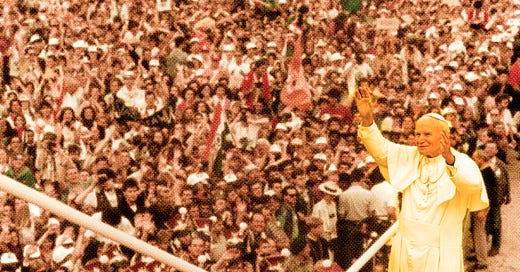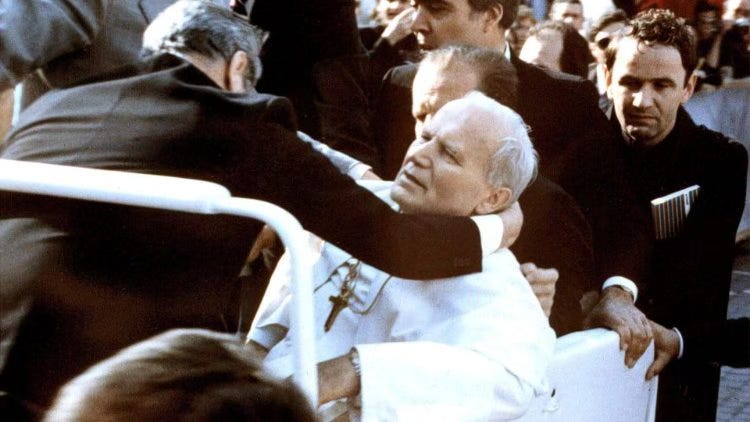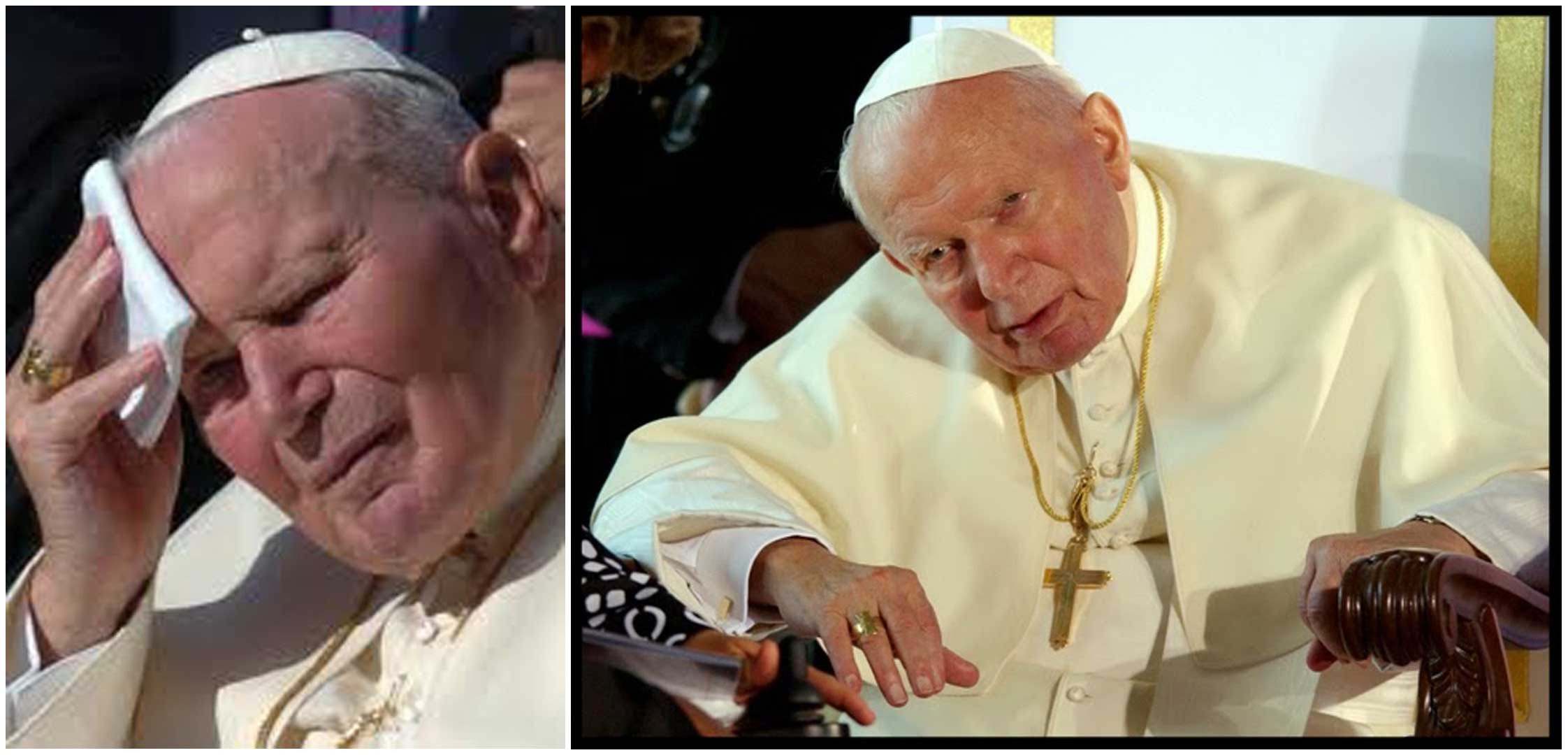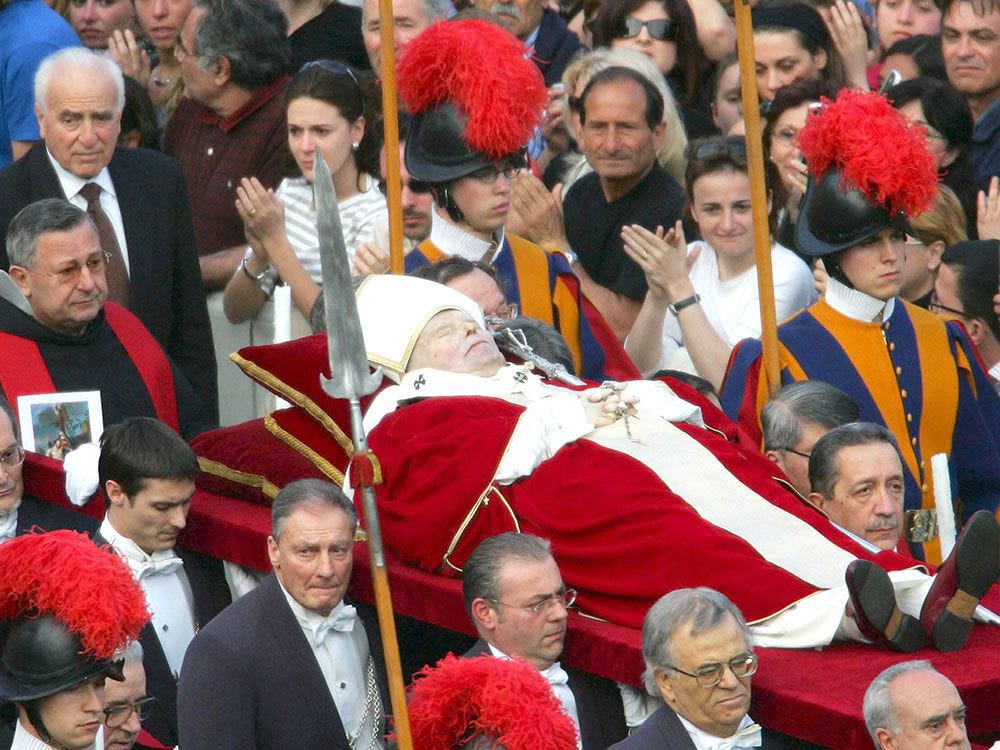THE HEART OF GOD’S LOVE – THE SUFFERING CHRIST
Smitten By Faith Issue Number : # 000098 27th March 2025
As I write this month’s ‘Smitten By Faith’, Catholics are now mid-way into another season of Lent, the 40 days of grief and penitential observances that began with Ash Wednesday through to the overwhelming melancholy and desolation of Good Friday ( on April 18th ) with the crucifixion and death of Jesus Christ which then culminates three days later with great joy on Easter Sunday with the celebration of the Resurrection of Christ and hope for our salvation.
Meditating on the horrific agonies which were endured by Jesus Christ from the moment he was viciously apprehended at the Garden of Gethsemane to his merciless crucifixion at Calvary never fails to make me pause as I try to grapple with and understand humanity’s pain and suffering. Why does a loving God not spare his own son; why are we witnessing so much misery and death today – in senseless wars all over the world, and distress in our private lives ?
SAINT POPE JOHN PAUL II
Above: Look at the huge crowds - the first ever ‘World Youth Day’ held in Rome in 1984. An energetic young Pope John Paul II firing up the adoring millions of young Catholics from all over the world.
Next week, April 2nd will be the 20th death anniversary of Saint Pope John Paul II who passed away in 2005. This great Pope and Saint left behind an indelible mark as one of the most charismatic and unconventional head of the modern Catholic church. A powerful legacy which included the expansion of the church in communist Europe; galvanisation of young Catholics of the world together which saw the commemoration of the first World Youth Day in Rome in 1984; recognition of the Church as a true universal church as he tirelessly visited each of the many outposts ( 129 countries ) of his papacy, fluently and persuasively preaching the ‘good news’ far and wide. But, there is one very special realization which I wish to highlight today – especially during Lent – and that is how Pope John Paul II, this saint, showed us how to suffer; how to endure pain; how to see that being weak is to be strong and how to take up the cross of Christ.
Left : Karol Wojtyla as a young priest in Poland whose faith was already firm and strong inspite of living in oppression in Poland and with many personal family tragedies.
Right : Habemus Papam. It’s a Polish Pope ! What joy when the black smoke from the Sistine Chapel chimneys turned to white and we see a first non-Italian pope in 455 years !
In 1978 Karol Wojtyla, the young ( he was just 58 years old ), handsome ( that smile !), energetic ( he skied ! ), articulate ( he spoke 8 languages ) and vibrant priest from Poland was elected by the Papal Conclave to be the first non-Italian Pope in almost half a century. The power of the Holy Spirit was very hard at work. Pope John Paul II was chosen to not just take up the cross of the suffering Christ but he was to do in full view of the world – in public.
That was shortly after the terror happened. On 13th May 1981, an assassin attempted to kill the Pope in Rome at St. Peter’s Square during the weekly mass, in front of thousands of the faithful waiting for the Pope to come by in his car, to bless them. Two shots were fired. The Pope was very badly injured but he was saved and he recovered.
Above : The appalling act of the assassin, Mehmet Ali Ağca on 13th May 1981 at St. Peter’s Square when he shot the Pope .
The public saw the transformation. They felt the pontiff’s pain and deep suffering and admired his courage. We could only marvel and grieve as we watched how Saint Pope John Paul II gave of himself – totally and poignantly – his entire physical self – unstintingly and unwaveringly – with every haltering step he took, pulling his broken body along for the next 24 years - from the time he was shot by the assassin in 1981 until he died in 2005.
Pope John Paul II not only understood the experience of suffering to be a mysterious opportunity that God offers to every person; he became willingly, part of that suffering. After the assassination attempt, physical ailments and frailties suddenly came upon the energetic Pope John Paul II in quick succession and began to take their toll. His physical afflictions multiplied; his pain increased - epileptic attacks, falls, terrible headaches, eye problems, and then the very debilitating Parkinson’s Disease. Surely, he must have asked God to take him ? Quickly ! But God did not. So John Paul continued to preach and travel throughout his papacy – almost bent double and often speechless in pain, day by day, year by year until two decades passed and still he continued to live and suffer. Looking at pictures of Pope John Paul II during the last 24 years of his life, you cannot fail to see the crucified Christ literally in front of you as the Pope struggled through his duties through every mass; every pontifical trip and all his other duties. All this in the full glare of the public. He never hid it. He used his own broken body, too drained of pain to even speak a word – he used his weak broken body as a silent witness of the crucified Christ.
Left and right : the Pope in excruciating pain and suffering and yet continuing with his duties at full pace.
After the assassination attempt on his life, the Pope lived another 27 years until 2005 when at the age of 84 years, an entire Catholic world - with their hearts in their mouths - stood vigil at the end and begged God to take his Saint; take him now and spare his suffering. The Pope’s anguish was very public and devastating and yet most eloquent in terms of the message he was giving to the world -with his dying body, Saint Pope John Paul II literally carried in himself the suffering Christ.
For Saint John Paul, his physical agonies and miseries were all in plain sight; every day with every painful step he took in front of the world. John Paul II said of this, “[every person] is called to share in that suffering through which all human suffering has also been redeemed …. suffering produces endurance, and endurance produces character, and character produces hope and hope does not disappoint us, because God's love has been poured into our hearts through the Holy Spirit which has been given to us.”
“The more ready you are to give yourself to God and to others, the more you discover the authentic meaning of life.”
So, what is this Catholic understanding of the meaning of pain and suffering?
Suffering is critical to Catholic spirituality because it serves a purpose; because it is redemptive. If, just as Saint John Paul II did, we are able to surrender all our pain to the redeeming power of the cross of Christ, it is precisely that pain which will lead us to a loving and powerful God – the paradox of pain and goodness.
“ Our days may come to seventy years,
or eighty, if our strength endures;
yet the best of them are but trouble and sorrow,
for they quickly pass, and we fly away.”
( Psalm 90:10 )
In the beautiful verse above, the psalmist ( which is attributed to Moses himself ), reflects on the eternity of God and the ephemeral nature of our human life. Our life on earth is symbolized by finite numbers of years. Whether it be less than or more than 70 or 80 years, it is clear that our life times are relatively short and yes, full of suffering. Yet, after that, we Catholics know that we go to eternal life with God who replaces our pain with infinite indescribable joy. In fact, it is said that the last words of Saint Pope John Paul II before he died was: "Let me go to the house of the Father”.
Above : The moving and very sad three-hour long funeral ceremony of Pope John Paul II in Rome on 8th April 2005 attended by a sad crowd of millions and world dignitaries.
________________________________________________________________________
Editor’s Note :
Dear Reader
Thank you for reading this edition of SMITTEN BY FAITH.
We publish once a month. ALL articles in every issue are FREE so you can simply click and subscribe as a FREE Subscriber to continuously receive the articles automatically by email.








